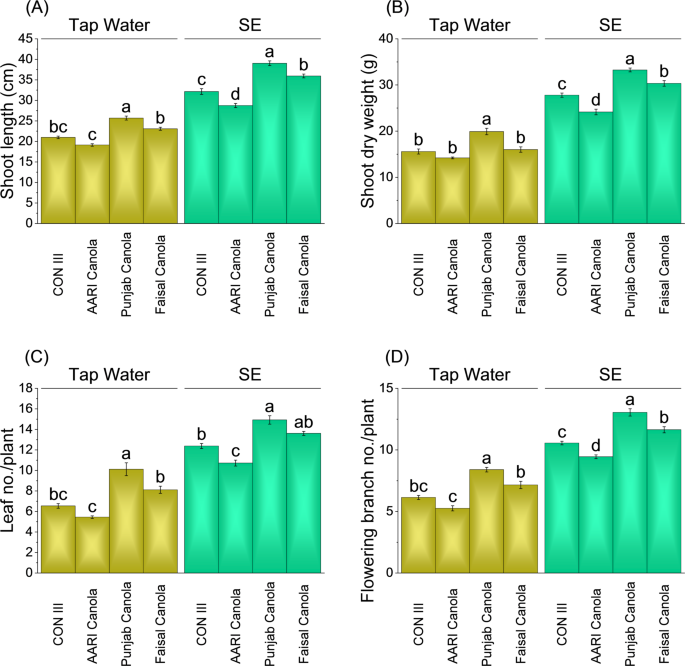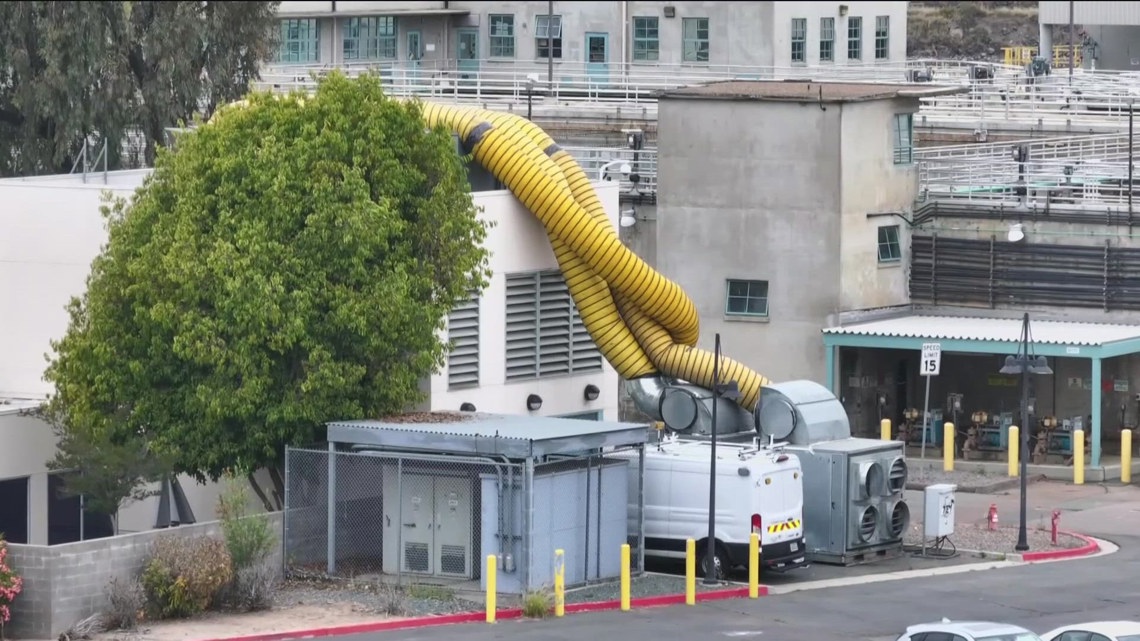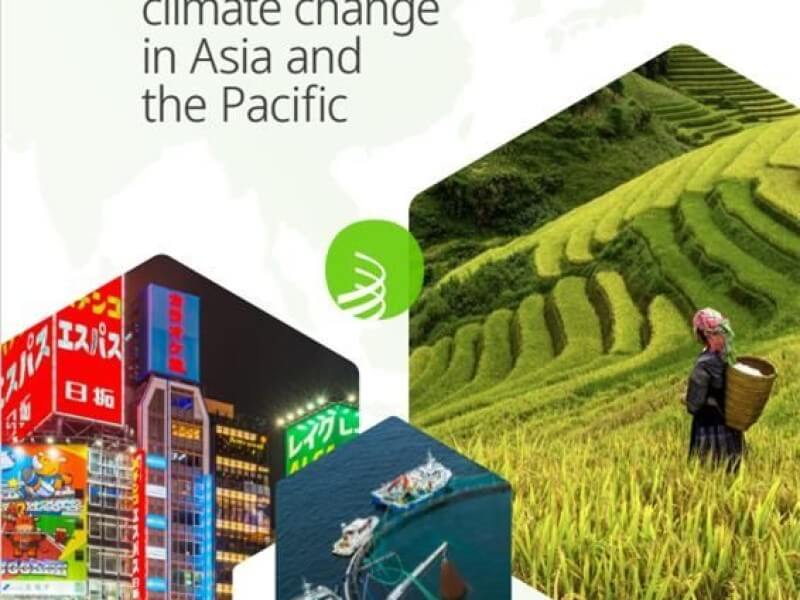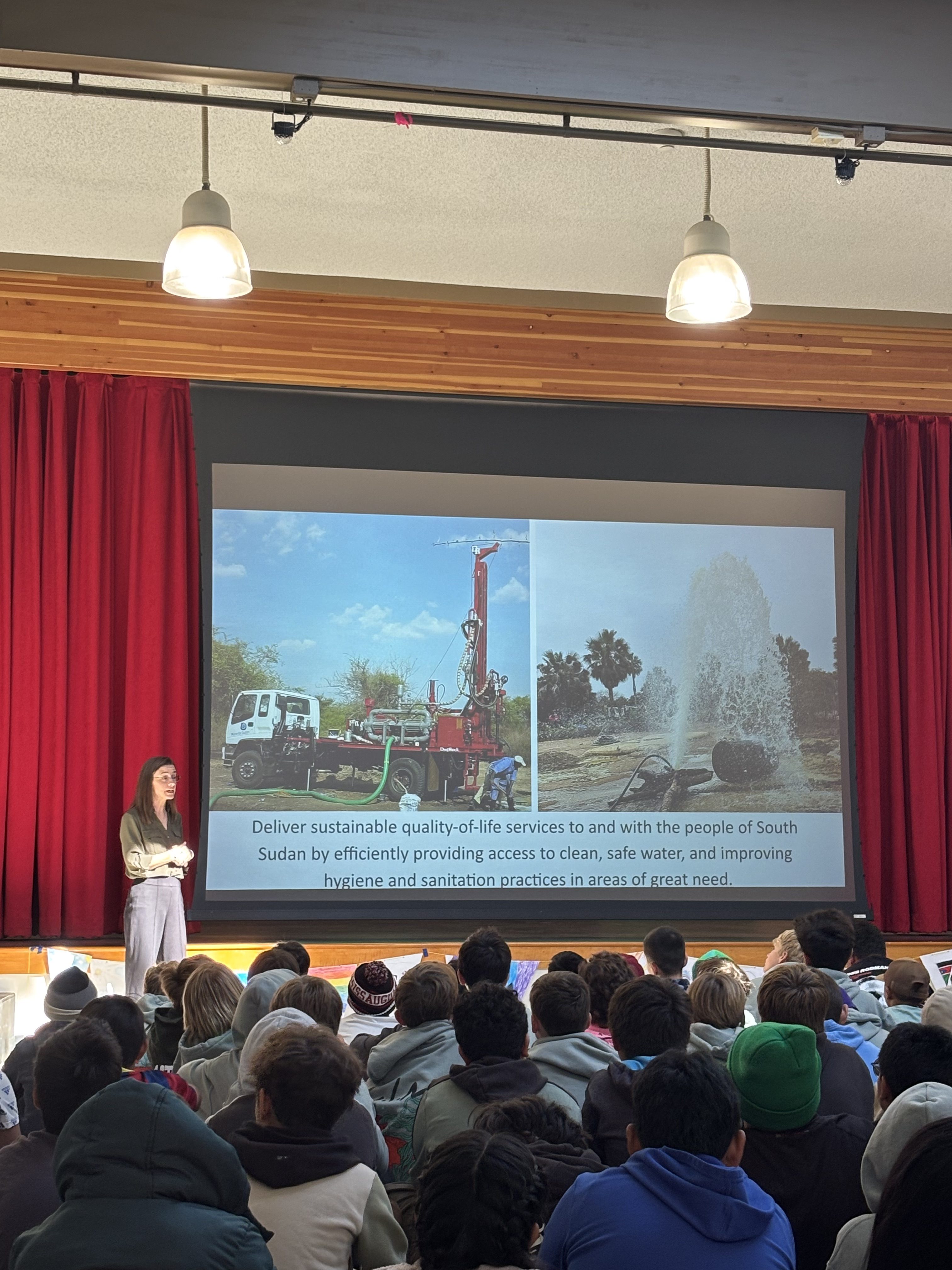Report on Water Quality Degradation at Pinnacles National Park and Implications for Sustainable Development Goals
1.0 Executive Summary
This report details an incident of compromised drinking water quality at Pinnacles National Park, California, amidst a federal government shutdown. The event, characterized by discolored and odorous water from a public spigot, highlights significant challenges to the achievement of several United Nations Sustainable Development Goals (SDGs), most notably SDG 6 (Clean Water and Sanitation), SDG 3 (Good Health and Well-being), and SDG 16 (Peace, Justice and Strong Institutions). The degradation of this essential service is directly linked to institutional strain caused by reduced staffing and budget cuts, jeopardizing public health and the sustainable management of natural resources.
2.0 Incident Analysis
An outdoor education director, Andrew Snow, reported a critical failure in the provision of safe drinking water while leading a group of 50 middle school students. The incident underscores a direct impact on public services.
- Observation: Water dispensed from a campsite spigot was visibly brown and described as “gnarly.”
- Attributed Cause: A camp host indicated that routine maintenance, which involves flushing the water system every few days, was not performed due to the absence of the designated maintenance worker, a consequence of the federal government shutdown.
- Immediate Resolution: The system was manually flushed for approximately one hour, after which the water appeared clear. This temporary fix highlights the system’s dependency on regular maintenance.
3.0 Impact on Sustainable Development Goals (SDGs)
The incident and its underlying causes represent significant setbacks for multiple SDGs.
-
SDG 6: Clean Water and Sanitation
The failure to provide safe and clean drinking water is a direct contravention of SDG 6. The park’s inability to maintain its water infrastructure due to staffing shortages compromises the fundamental right to accessible and safe water for all visitors, undermining Target 6.1, which aims for universal and equitable access to safe drinking water.
-
SDG 3: Good Health and Well-being
The provision of contaminated water poses a direct threat to public health, conflicting with SDG 3. Visitors, including vulnerable groups such as children, were exposed to potential health risks. This situation jeopardizes the goal of ensuring healthy lives and promoting well-being for all ages.
-
SDG 16: Peace, Justice and Strong Institutions
The government shutdown exemplifies an institutional failure that weakens the capacity of public bodies like the National Park Service (NPS). The NPS’s inability to perform essential functions due to a 20% staff reduction and budget cuts demonstrates how institutional instability directly impacts public service delivery, contrary to SDG 16’s aim for effective, accountable, and inclusive institutions.
-
SDG 15: Life on Land
The operational strain on the NPS threatens the conservation and sustainable use of terrestrial ecosystems. Previous shutdowns have resulted in accumulated trash, unsanitary conditions, and vandalism, all of which degrade the natural environments that national parks are mandated to protect, challenging the objectives of SDG 15.
-
SDG 8: Decent Work and Economic Growth
The significant reduction in NPS staff and the immense pressure on remaining employees to maintain services during a shutdown highlight challenges to SDG 8. The situation reflects precarious working conditions and undermines the principle of full and productive employment and decent work for all.
4.0 Official Response and Conclusion
The National Park Service acknowledged the operational challenges, stating that “water operators are running at full capacity” and that they had not received visitor complaints. They emphasized the dedication of their employees during this difficult period. However, the incident at Pinnacles National Park serves as a critical indicator that institutional disruptions like government shutdowns pose a tangible and immediate threat to public health, environmental protection, and the fulfillment of the Sustainable Development Goals. Continued operational instability will likely lead to further erosion of essential services and environmental stewardship until staffing and funding are restored to adequate levels.
Analysis of Sustainable Development Goals in the Article
1. Which SDGs are addressed or connected to the issues highlighted in the article?
-
SDG 6: Clean Water and Sanitation
- The core issue of the article is the contamination of drinking water in a National Park. The text explicitly states that “the drinking water in California’s smallest National Park has turned brown and developed a peculiar smell,” directly addressing the availability of clean and safe water.
-
SDG 3: Good Health and Well-being
- The poor quality of the drinking water poses a direct health risk to visitors. The article mentions “concerns about user safety” and an individual needing to “get water for these kids,” highlighting the potential for illness from consuming contaminated water. The unsanitary conditions from a previous shutdown, such as when “restrooms became unsanitary,” also relate to this goal.
-
SDG 15: Life on Land
- The article is set in a National Park, a protected area dedicated to the conservation of ecosystems. The lack of maintenance due to the government shutdown, which led to trash piling up and vandalism in the past, threatens the integrity and conservation of this terrestrial ecosystem.
-
SDG 16: Peace, Justice and Strong Institutions
- The root cause of the problems described is the “federal government shutdown,” which has led to a “20 percent reduction in staff” and “severe budget cuts.” This points to a failure of governmental institutions to function effectively, impacting public services and safety. The inability to perform routine tasks, such as a maintenance worker not visiting the water spigots, is a direct consequence of this institutional strain.
2. What specific targets under those SDGs can be identified based on the article’s content?
-
Target 6.1: Achieve universal and equitable access to safe and affordable drinking water for all.
- The article directly relates to this target by describing a situation where drinking water is no longer safe. The water being “brown-colored” and “pretty gnarly” indicates a failure to provide safe drinking water to the park’s visitors, who rely on these public facilities.
-
Target 3.9: Substantially reduce the number of deaths and illnesses from hazardous chemicals and air, water and soil pollution and contamination.
- The contaminated water represents a direct threat of water pollution that could lead to illnesses. The concern for the safety of 50 middle school students who needed clean water underscores the risk of illness from this contamination, which this target aims to reduce.
-
Target 15.5: Take urgent and significant action to reduce the degradation of natural habitats, halt the loss of biodiversity and, by 2020, protect and prevent the extinction of threatened species.
- The article mentions that during a previous shutdown, “trash piled up, restrooms became unsanitary, and the parks were vandalized.” These actions represent a degradation of the natural habitat within the National Park, which this target seeks to prevent. The lack of maintenance staff directly impedes conservation efforts.
-
Target 16.6: Develop effective, accountable and transparent institutions at all levels.
- The government shutdown is a clear example of an institution failing to be effective. The article highlights the consequences: a “20 percent reduction in staff” and the inability of the National Park Service to perform basic maintenance, such as flushing water lines. This demonstrates a breakdown in the institution’s capacity to deliver its services.
3. Are there any indicators mentioned or implied in the article that can be used to measure progress towards the identified targets?
-
For Target 6.1 (Safe Drinking Water):
- Qualitative water quality parameters: The article provides direct, observable indicators of unsafe water. These include the water’s color (“brown-colored”) and smell (“peculiar smell”). Photos showing the difference between flushed and unflushed water serve as visual evidence.
-
For Target 3.9 (Reduce Illness from Contamination):
- Presence of water contamination: The brown water itself is an indicator of potential contamination that could lead to illness. While the article does not report actual cases of sickness, the “dangerous” conditions and concerns for “user safety” imply a high risk, which is a precursor indicator.
-
For Target 15.5 (Reduce Habitat Degradation):
- Incidents of environmental mismanagement: The article points to specific indicators of habitat degradation from a previous, similar event: “trash piled up,” “unsanitary restrooms,” and parks being “vandalized.” These are measurable signs of a failure to protect the ecosystem.
-
For Target 16.6 (Effective Institutions):
- Public service staffing levels: The “20 percent reduction in staff” is a quantifiable indicator of reduced institutional capacity.
- Failure to perform routine duties: The fact that the “maintenance worker who normally visits the spigots every few days was not carrying out the task” is a specific, observable indicator of the institution’s inability to function properly due to the shutdown.
4. Summary Table of SDGs, Targets, and Indicators
| SDGs | Targets | Indicators |
|---|---|---|
| SDG 6: Clean Water and Sanitation | 6.1: Achieve universal and equitable access to safe and affordable drinking water for all. |
|
| SDG 3: Good Health and Well-being | 3.9: Substantially reduce the number of deaths and illnesses from hazardous chemicals and air, water and soil pollution and contamination. |
|
| SDG 15: Life on Land | 15.5: Take urgent and significant action to reduce the degradation of natural habitats. |
|
| SDG 16: Peace, Justice and Strong Institutions | 16.6: Develop effective, accountable and transparent institutions at all levels. |
|
Source: newsweek.com







